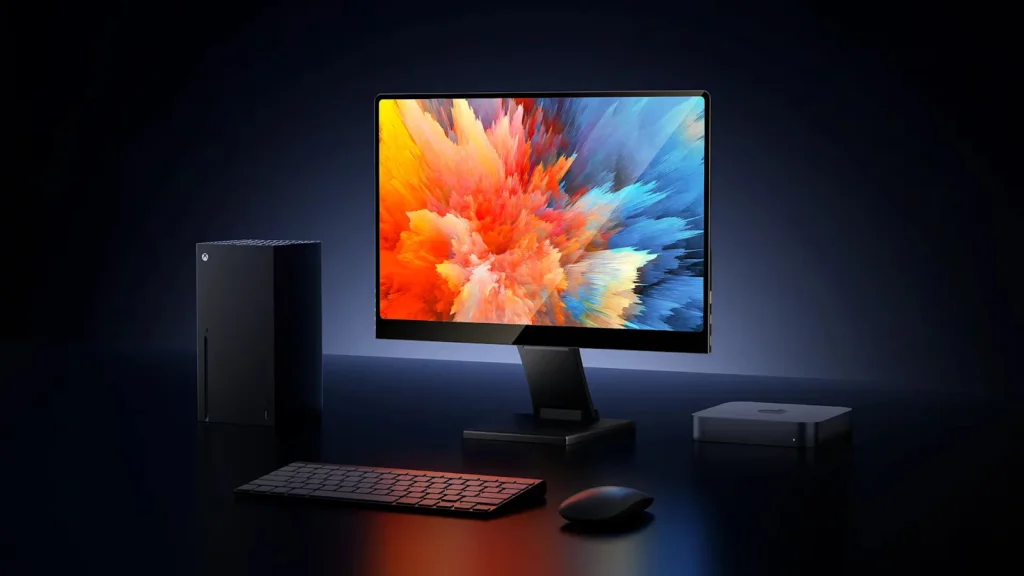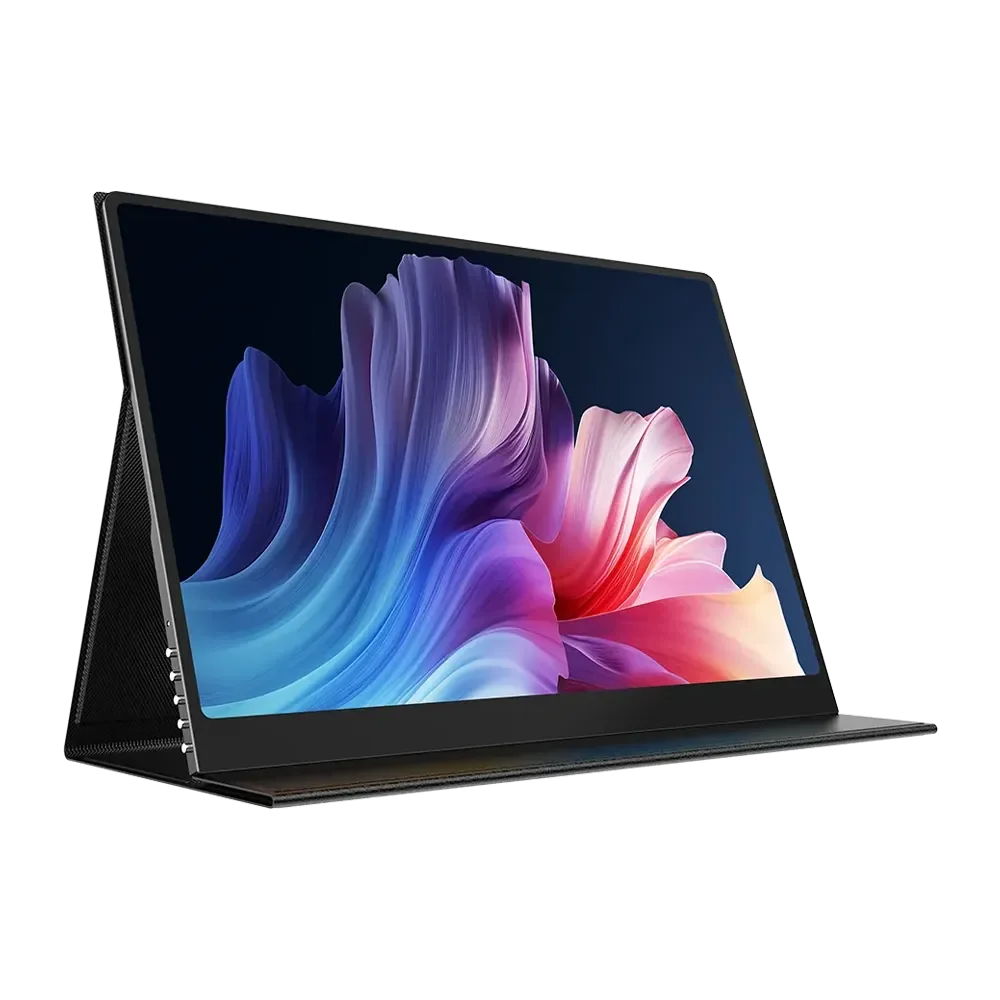You see numbers like 8-bit and 10-bit when shopping for monitors. They sound technical. But they are simple to understand. This article explains what bit depth means for you and your screen.
What is Bit Depth?
Think of bit depth like a box of crayons. A bigger box has more colors.
Bit depth tells you how many colors a monitor can show. A higher bit depth means more colors. More colors mean smoother gradients and less “banding” – where you see stripes instead of a smooth blend between colors.
8-Bit Color: The Standard
An 8-bit monitor can display 16.7 million colors. It uses 8 bits of data for each color channel: red, green, and blue (RGB).
For most people, this is enough. You might not notice any problems. Web browsing, office work, and casual gaming look fine on an 8-bit screen.
But sometimes, especially in dark areas of photos or games, you might see color banding. This is when subtle gradients break into visible stripes.
10-Bit Color: The Professional Choice
A 10-bit monitor can display 1.07 billion colors. That’s 64 times more colors than 8-bit.
This massive range creates incredibly smooth gradients. You will not see banding. The transitions between colors are seamless.
This is crucial for professional photographers, video editors, and graphic designers. Accuracy matters for their work. A true 10-bit oled monitor is often the top choice for this level of color precision.
A Important Note: 8-Bit + FRC

You will often see “8-bit + FRC” or “1.07 billion colors” on monitor specs. FRC stands for Frame Rate Control.
It’s a trick. The monitor is technically 8-bit, but it rapidly flickers between shades to simulate a 10-bit color. It’s not as good as a true 10-bit panel, but it’s much better than standard 8-bit. For many users, it’s a great middle ground.
Do You Need a 10-Bit Color?
Your need depends on what you do.
You might need 10-bit color if:
- You are a professional photo or video editor.
- You work with HDR content regularly.
- You are a serious gamer who wants the most immersive experience.
8-bit is probably fine if:
- You mainly browse the web and use office apps.
- You are a casual gamer or content consumer.
- You edit photos and videos as a hobby, not a profession.
One thing to consider: your hardware. To see 10-bit color, you need a monitor that supports it, a graphics card that can output it, and a compatible video cable (like DisplayPort or HDMI 2.1).
Bit Depth vs. Resolution
People often confuse these. They are different.
- Resolution (like 4K) is about how many pixels there are. More pixels mean a sharper, more detailed image.
- Bit Depth is about how many colors each pixel can display. More colors mean smoother, more realistic gradients.
A high-resolution 4k computer monitor can be sharp but still have poor color if it has a low bit depth. The best experience comes from combining high resolution with high bit depth.
How to Check Your Monitor’s Bit Depth
On Windows, you can check your current settings.
- Right-click on your desktop and select Display settings.
- Scroll down and click Advanced display settings.
- Look at your display’s information. It will often list the bit depth under “Bit depth” or “Color depth.”
Remember, this shows what your system is outputting. Your monitor must also be capable of displaying it.
Frequently Asked Questions
Q: Can the human eye even see 1 billion colors?
This is debated. Most people can’t distinguish every single one of the billion colors. But the overall effect is smoother gradients and no banding, which anyone can appreciate in high-quality content.
Q: Is 10-bit only for HDR?
No, but they work great together. HDR (High Dynamic Range) content benefits hugely from the extra color depth of a 10-bit display, making the image more vibrant and realistic.
Q: Do all games support 10-bit color?
Not all, but many modern AAA games do. You usually need to enable HDR in the game’s settings to take full advantage of a 10-bit display.
Q: Is there a big price difference?
Yes, true 10-bit monitors are more expensive. 8-bit+FRC monitors offer a good compromise, providing much of the benefit at a lower cost.
Q: What about 12-bit color?
12-bit is the next step, offering 68.7 billion colors. It’s primarily for high-end medical imaging and professional cinema mastering, far beyond the needs of most consumers.
The Bottom Line
For most people, an 8-bit or 8-bit+FRC monitor is perfectly fine. You will enjoy movies and games without issue.
If you are a creative professional where color accuracy is your livelihood, investing in a true 10-bit monitor is worth it. The lack of banding and the color precision will improve your work.
When you shop, look beyond the “1 billion colors” marketing. Check if it’s a true 10-bit panel or 8-bit+FRC. And make sure the rest of your setup can support it.
Read more: Why Contractors Choose Roll-Off Dumpsters for Large-Scale Jobs
Gradiopexo.com Review: Learning Made Simple for Real Traders
Why Every SMB Needs a Real Estate CRM System in 2025
